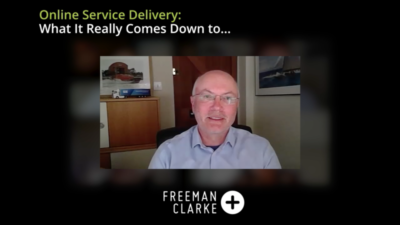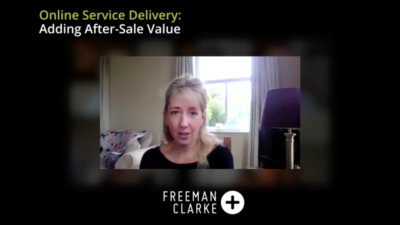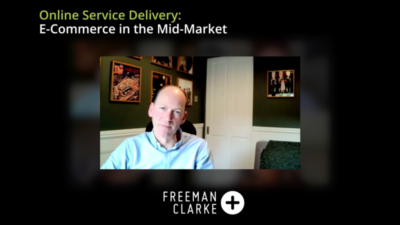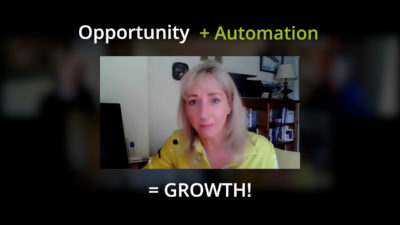Top 8 challenges for IT leaders in 2021
At the beginning of 2021, CIO.co.uk outlined what they believed would be this year's top eight challenges for IT leaders:...
Read moreAt the beginning of 2021, CIO.co.uk outlined what they believed would be this year's top eight challenges for IT leaders:...
Read moreWe’ve seen so many changes in online service delivery. What does it all mean to a mid-market business? Our IT...
Read moreYour systems strategy should focus on what the clients want. But staff must be a consideration as well. Our IT...
Read moreWhat’s the real point of Online Service Delivery? Delivering value, not just the lowest price. Our IT and technology experts...
Read moreNew tools have made it much easier and cheaper to deliver information, offers, and new services to customers after they...
Read moreWe’ve seen a huge increase in Freeman Clarke B2B clients moving into the ecommerce space. Whilst many mid-market businesses have...
Read moreDuring COVID and the associated lockdowns, most business interactions were restricted to a few square inches of real-estate on someone's...
Read moreAutomation can have a large and immediate impact on a mid-market business's bottom line. Our experts discuss an example of...
Read moreDiamond Logistics is thriving. CEO Kate Lester speaks about her passion sharing her company's success and how Freeman Clarke's technology...
Read morePlain English board-level briefings focused on technology strategies to deliver competitive advantage and business success.
You can unsubscribe at any time.
Call us on 0203 020 1864 with any questions.
Graeme Freeman
Co-Founder and Director
Plain English board-level briefings focused on technology strategies to deliver competitive advantage and business success.
You can unsubscribe at any time.
Call us on 0203 020 1864 with any questions.








